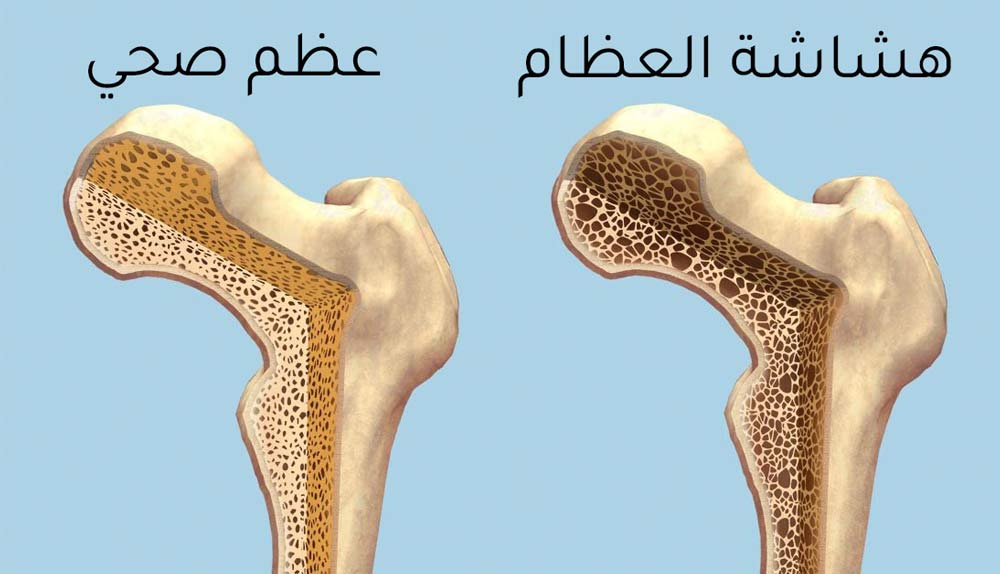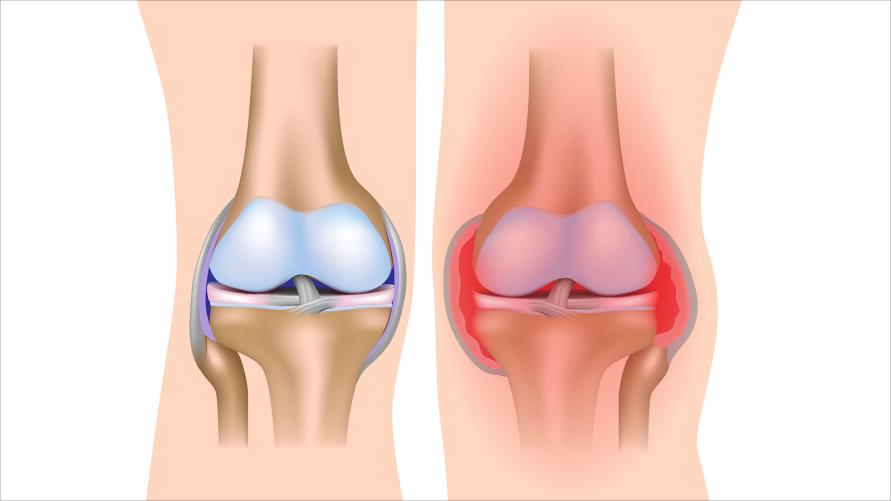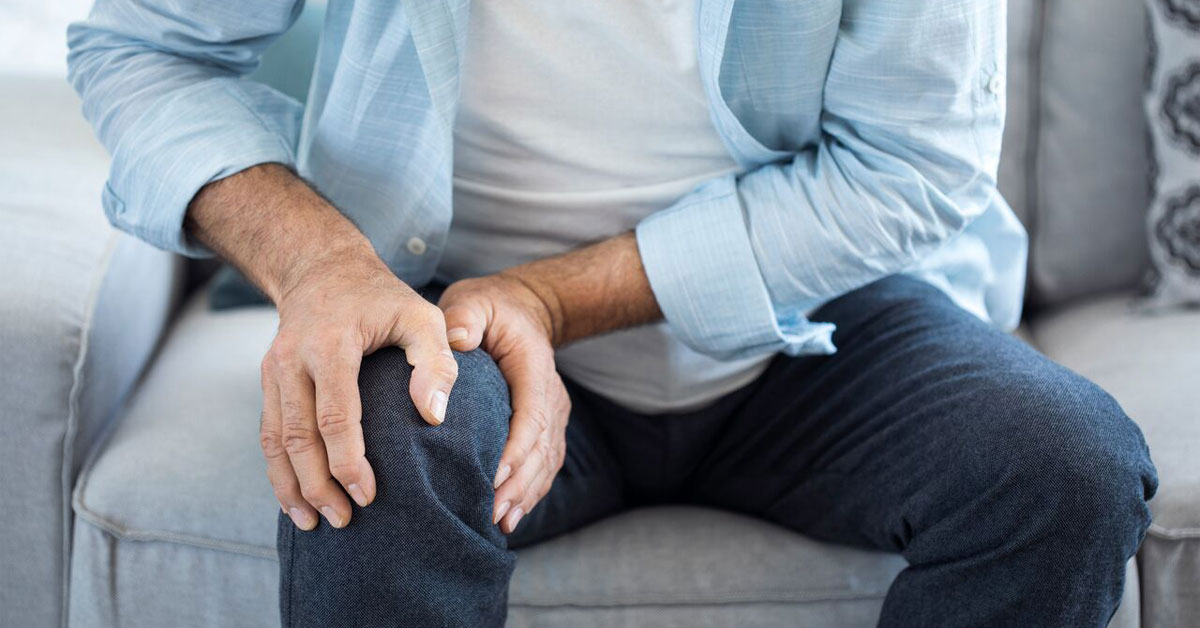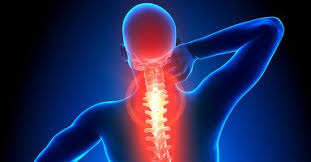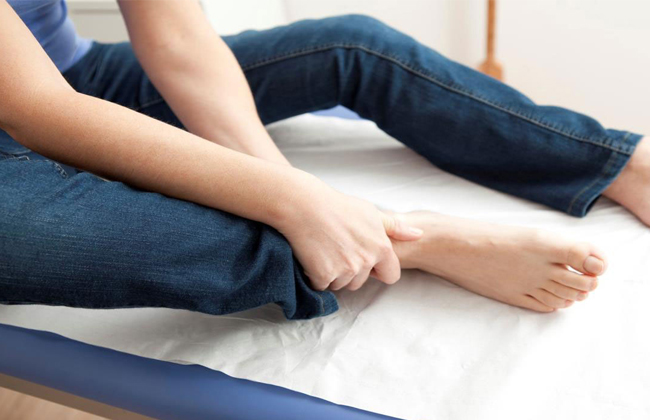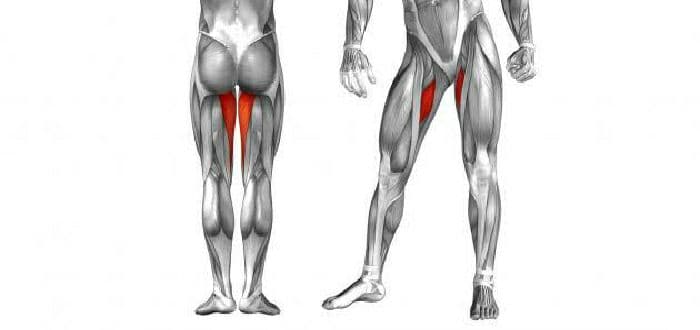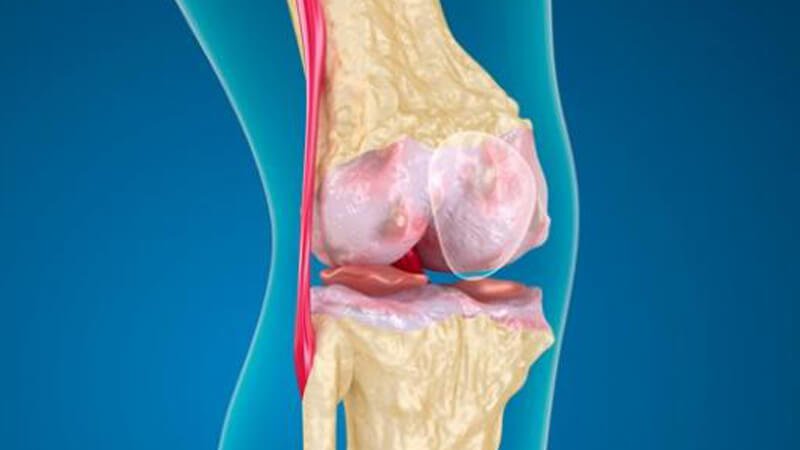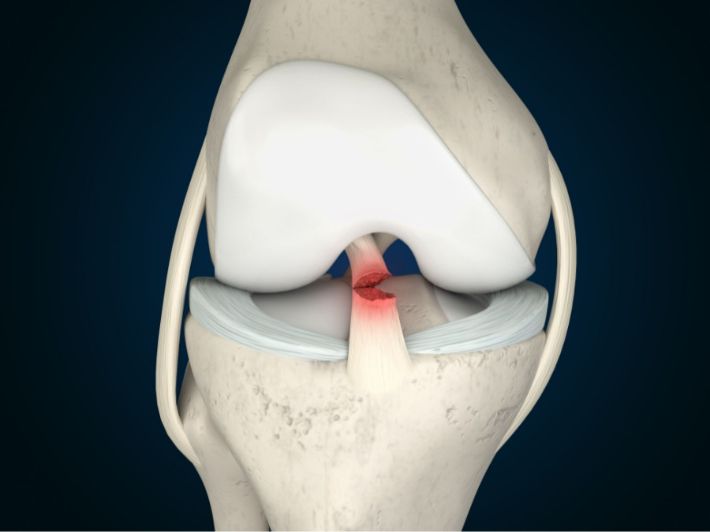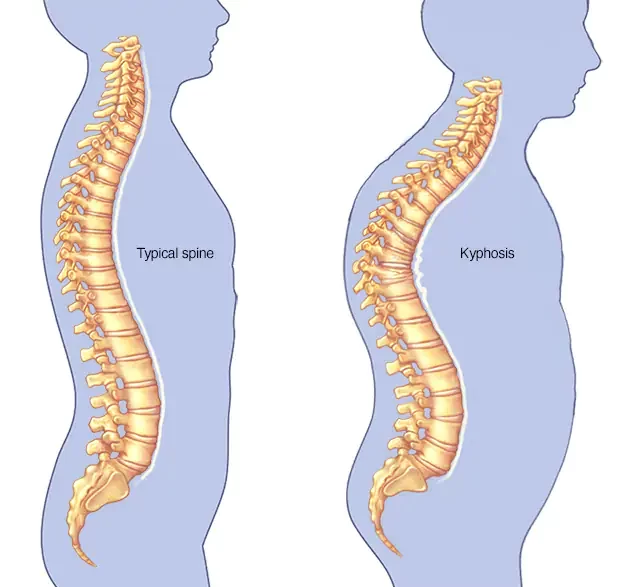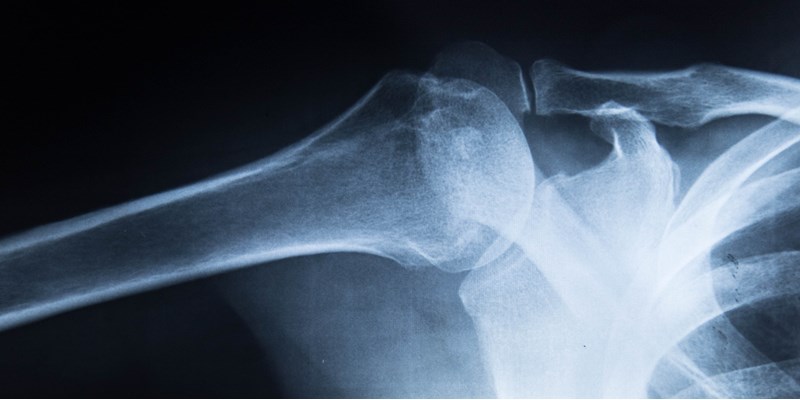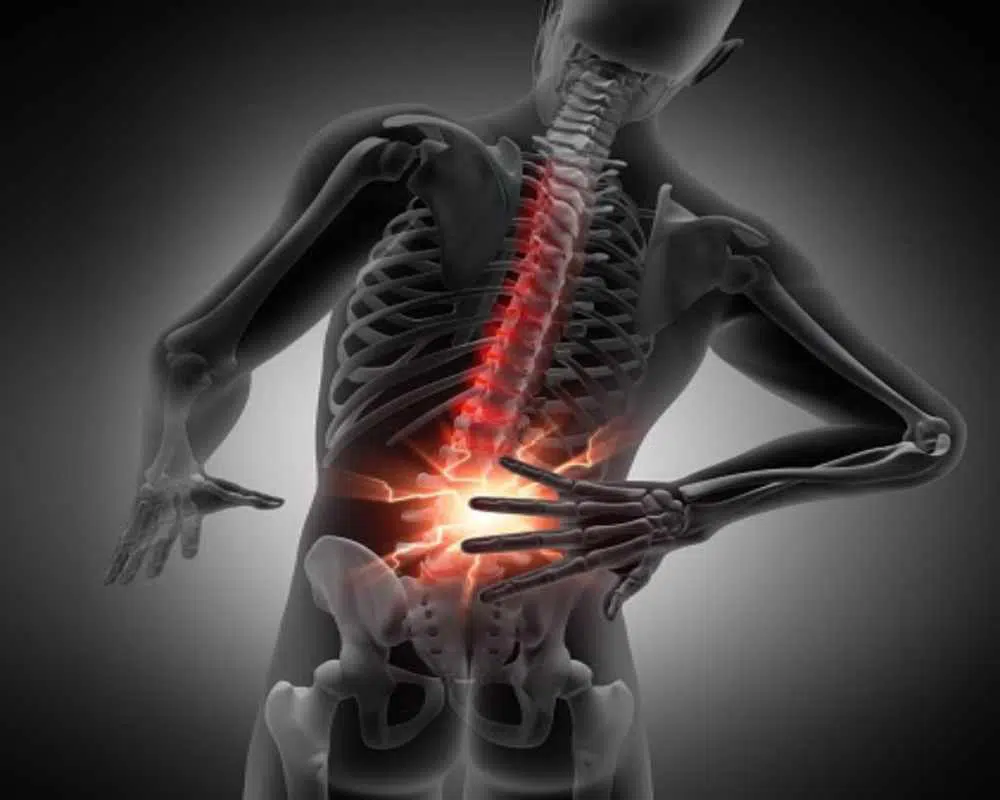Learn more about the posterior cruciate ligament
The posterior cruciate ligament is the least susceptible knee ligament to injury, but it can be ruptured or cut, and there is more than one method for treatment. More information about the posterior cruciate ligament can be found in the following article.
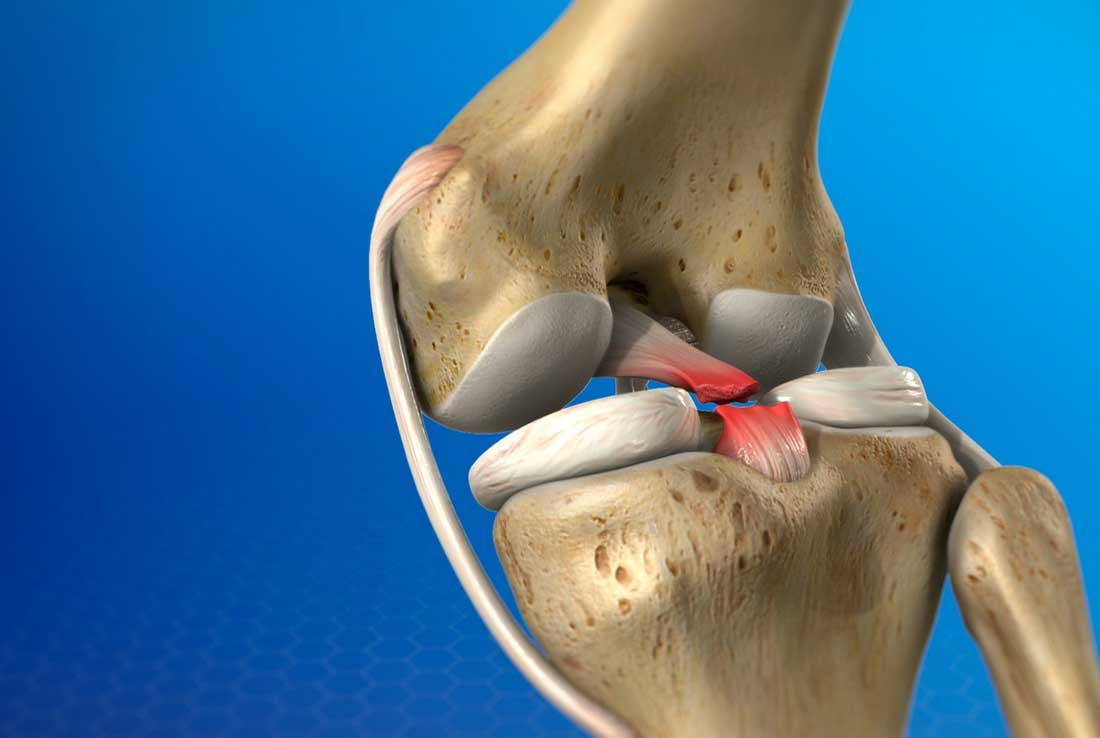
Posterior cruciate ligament
The posterior cruciate ligament is one of the ligaments in the knee that prevents movement of the thigh bones, thus the knee can perform its function without a defect in the joint, and thus the person can walk or bend the knee normally.
The cruciate ligament is located in the back of the knee and is in the form of a letter (X) with the anterior cruciate ligament. This gives the person balance and a greater ability to bear the knee for the great pressure on it. It is not common for posterior cruciate ligament injuries to occur, but the anterior is the most common.
Causes of Posterior cruciate ligament rupture
There are several causes that can lead to major problems in the posterior cruciate ligament, but they are somewhat rare because this ligament in the knee works to withstand shocks greatly, which makes injury more difficult than tearing the posterior cruciate ligament.
Here are some of the causes of a posterior cruciate ligament tear:
- A strong fall to the ground.
- Incorrect and sudden knee bending.
- Exposure to accidents.
- Knee impingement.
Grades of the Posterior cruciate ligament
There is more than one stage of injury to the posterior cruciate ligament, which can lead to knee pain, and sometimes it is difficult for a person to control the knee, walk, or change the position of the knee in general. Here are the degrees of posterior cruciate ligament injury as follows:
- Stage 1: The cruciate ligament can be stretched and control of the knee becomes somewhat difficult.
- Stage 2: A partial tear of the posterior cruciate ligament of the knee can occur and signs of pain and swelling appear.
- Stage III: A complete rupture of the cruciate ligament can occur, and walking is very difficult for the injured person.
- Fourth stage: after the total cutting of the posterior cruciate ligament, it may atrophy or damage, which affects the other ligaments of the knee.
What are the symptoms of the Posterior cruciate ligament?
The posterior cruciate ligament may be exposed to a rupture, and some signs begin to appear in the patient, and certainly, the signs depend on the extent of the damage to the posterior cruciate ligament. Thus, through the diagnosis and the apparent symptoms, the most appropriate type of treatment is determined for the injured person.
Here are some symptoms of a posterior cruciate ligament tear:
- There is swelling in the knee.
- Constant pain.
- The feeling of stiffness in the joint.
- Difficulty bending the knee.
- There is a pain when walking.
- The feeling of heat in the joint.
- Redness around the knee.
Complications of a posterior cruciate ligament injury
A person with a complete or partial rupture of the posterior cruciate ligament may be exposed to risks and complications, especially if treatment is not started early, including the following:
- Presence of instability in the knee.
- difficulty walking
- Abrasion of the knee cartilage.
- The presence of inflammation in the joint.
What is the treatment for the posterior cruciate ligament?
It is possible to work on the treatment of the posterior cruciate ligament rupture after the diagnosis is made well and the necessary examinations and x-rays are performed to identify the condition of the joint and the extent of the damage that occurred in it, and the following types of treatment can be used:
- Pharmaceutical treatment
Certain types of medications can be used, including pain relievers and anti-inflammatory drugs, which improve swelling and pain in the knee. - Conservative treatment
If the injury is first-degree and there is no rupture of the cruciate ligament, work can be done to increase rest times, use cold compresses, and also use a knee brace in order for the patient to feel better. - Physiotherapy
In cases of partial injury or a cut in the posterior cruciate ligament, it is possible to start doing exercises or work to improve the person’s condition and work to return the knee to its best performance. - Surgeries Knee surgery
can be performed to repair the posterior cruciate ligament in the event of a complete tear, which affects the control of the knee and leads to severe pain when moving.
Posterior cruciate ligament physical therapy
Certainly, physiotherapy is of great importance in the journey of treating a rupture or cutting of the posterior cruciate ligament, because physiotherapy can strengthen the muscles and improve the ability of the knee to bear the weight placed on it significantly, and also help in the rehabilitation process after surgeries for the posterior cruciate ligament.
There are exercises to treat cruciate ligament rupture, which work to help the patient cope with the condition of the injured person and deal better with the condition of the knee during and after the treatment of the posterior cruciate ligament rupture, and it is important that these exercises be under medical supervision so that the injured person feels more comfortable and does not lead to No complications.
Is it possible to live with the posterior cruciate ligament cut?
Cutting the posterior cruciate ligament can cause severe pain in the knee, but without significantly affecting the movement of the knee. Therefore, doctors can use conservative treatment methods, but in the event of an injury to the posterior cruciate ligament and its cutting, which can affect movement, the surgical intervention must be done here. In order to return the knee to its normal position.

